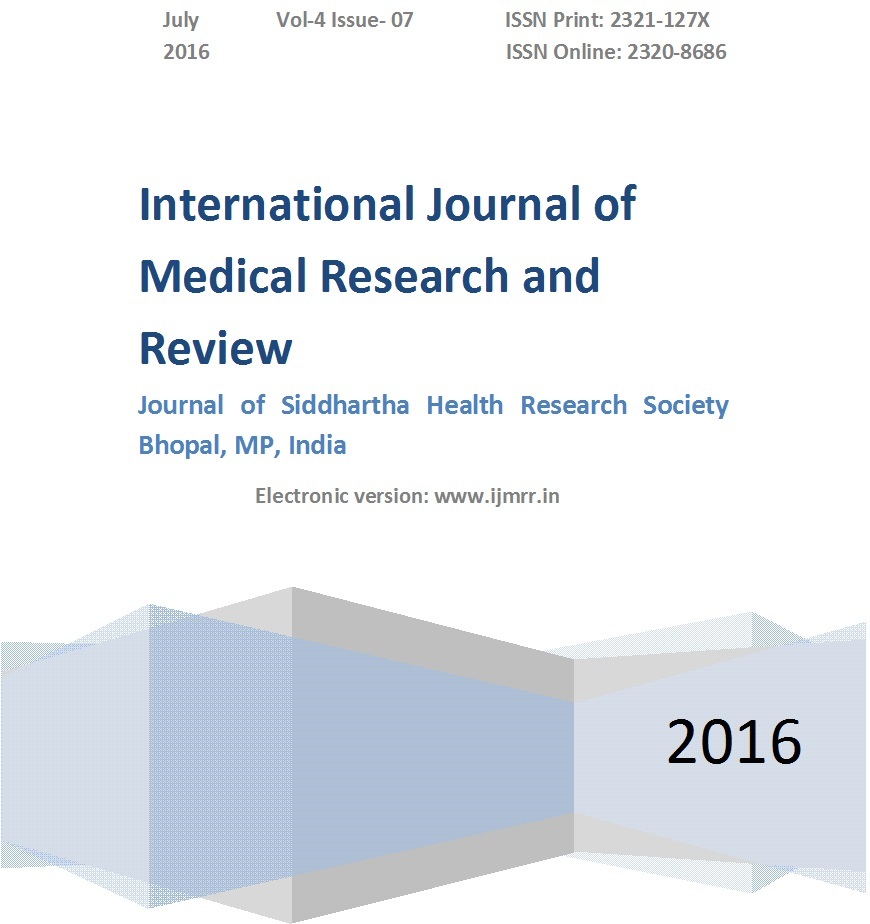Physical characteristics of photon and electron beams from a radiotherapy accelerator
Abstract
Introduction: Radiotherapy uses high-energy radiation to shrink tumors and kill cancer cells. The radiation may be delivered by a machine outside the body (external-beam radiation therapy), or it may come from radioactive material placed in the body near cancer cells (brachytherapy). Many types of external-beam radiation therapy are delivered using a machine called a linear accelerator (also called a LINAC). The process of commissioning a linac for clinical use includes comprehensive measurements of dosimetric parameters that are necessary to validate the treatment planning systems used to select optimal radiation modality and treatment technique for individual patients. In the present study, clinically pertinent data for both the available photon and electron energies were investigated.
Methods: For making measurements in water, a three dimensional radiation field analyzer RFA-300 (Scanditronix Wellhofer) and for absolute dosimetry and other measurements like relative output factors, wedge factors etc., a DOSE1 electrometer (Scanditronix Wellhofer) in a white polystyrene were employed.
Results: The percentage depth dose data, wedge factors, output factors and cross beam profiles have been measured and compared with the other studies for photon beams and isodose plots, virtual source to surface distance, uniformity index for electron beams.
Conclusion: All these measured data were utilized as input to the ECLIPSE treatment planning system for further clinical use. The characteristics of the electron beams are found to follow the trends experimentally observed by others, generally found to be different from the others theoretically predicted and depend on the model of the machine.
Downloads
References
International Commission on Radiation Units and Measurements (ICRU). Report No. 35. ICRU Publication. Bethesda. MD: 1984.doi: https://doi.org/10.1093/jicru/os18.2.Report35.
International Commission on Radiation Units and Measurements (ICRU). Report No. 21. ICRU Publication. Bethesda. MD: 1972.doi: https://doi.org/10.1093/jicru/os11.2.Report21.
Central axis depth dose data for use in radiotherapy. A survey of depth doses and related data measured in water or equivalent media. Br J Radiol Suppl. 1983;17:1-147.
Horton JL. Dosimetry of the Siemens Mevatron 67 linear accelerator. Int J Radiat Oncol Biol Phys. 1983 Aug;9(8):1217-23.doi: https://doi.org/10.1016/0360-3016(83)90184-0.
Palta JR, Ayyangar K, Daftari I, Suntharalingam N. Characteristics of photon beams from Philips SL25 linear accelerators. Med Phys. 1990 Jan-Feb;17(1):106-16.doi: https://doi.org/10.1118/1.596540.
Brahme A, Svensson H. Specification of electron beam quality from the central-axis depth absorbed-dose distribution. Med Phys. 1976 Mar-Apr;3(2):95-102.doi: https://doi.org/10.1118/1.594210.
Khan FM, Doppke KP, Hogstrom KR, Kutcher GJ, Nath R, Prasad SC, Purdy JA, Rozenfeld M, Werner BL. Clinical electron-beam dosimetry: report of AAPM Radiation Therapy Committee Task Group No. 25. Med Phys. 1991 Jan-Feb;18(1):73-109.doi: https://doi.org/10.1118/1.596695.
International Electrotechnical Commission, Report 35-I and 35-II, Medical electrical equipment, Medical Electron Accelerator, Section IV: Functional performance characteristics and report, 1984.
Almond P. R. Proceedings of the symposium on electron beam therapy, Sloan- Kettering, Ny. 43-53, 1981.
Milan J, Bentley RE. The storage and manipulation of radiation dose data in a small digital computer. Br J Radiol. 1974 Feb;47(554):115-21.
Procedures in external radiation therapy dosimetry with electron and photon beams with maximum energies between 1 and 50 MeV. Recommendations by the Nordic Association of Clinical Physics (NACP). Acta Radiol Oncol. 1980;19(1):55-79.doi: https://doi.org/10.3109/02841868009130136.
Sharma AK, Supe SS, Anantha N, Subbarangaiah K. Physical characteristics of photon and electron beams from a dual energy linear accelerator. Med Dosim. 1995 Spring;20(1):55-66.doi: https://doi.org/10.1016/0958-3947(94)00019-f.
Jamshidi A, Kuchnir FT, Reft CS. Determination of the source position for the electron beams from a high-energy linear accelerator. Med Phys. 1986 Nov-Dec;13(6):942-8.doi: https://doi.org/10.1118/1.595823.
Leung PMK. The physical basis of radiotherapy. Lecture Notes. Ontario cancer institute Publication. 1978; P-17.
Barnes WH, Hammond DB, Janik GG. Beam characteristics of the Clinac-2500. Proceedings of the 9th Varian users meeting, South Carolina. 1982; 36-39.
Findley DO, Forell BW, Wong PS. Dosimetry of a dual photon energy linear accelerator. Med Phys. 1987 Mar-Apr;14(2):270-3.doi: https://doi.org/10.1118/1.596083.
Ikoro NC, Johnson DA, Antich PP. Characteristics of the 6-MV photon beam produced by a dual energy linear accelerator. Med Phys. 1987 Jan-Feb;14(1):93-7.doi: https://doi.org/10.1118/1.596113.
Palta JR, Meyer JA, Hogstrom KR. Dosimetric characterization of the 18-MV photon beam from the Siemens Mevatron 77 linear accelerator. Med Phys. 1984 Sep-Oct;11(5):717-24.doi: https://doi.org/10.1118/1.595564.
Patterson MS, Sharrage PC. Characteristics of 18 MV photon beam from a Therac 20 linear accelerator. Med. Phys. 1981; 8: 217-228.doi: https://doi.org/10.1118/1.594833.
Johnson DA, Ikoro NC, Chang CH, Scarbrough EC, Antich PP. Properties of the 18-MV photon beam from a dual energy linear accelerator. Med Phys. 1987 Nov-Dec;14(6):1071-8.doi: https://doi.org/10.1118/1.596118.
Radiation oncology physics: a handbook for teachers and students, IAEA, Vienna, 2005; 196 – 197.
International Electrotechnical Commission, Report 35-I and 35-II, Medical electrical equipment, Medical Electron Accelerator, Section IV: Functional performance characteristics and report, 1984.
Jamshidi A, Kuchnir FT, Reft CS. Characteristic parameters of 6-22 MeV electron beams from a 25-MeV linear accelerator. Med Phys. 1987 Mar-Apr;14(2):282-8.doi: https://doi.org/10.1118/1.596139.
Kirby TH, Gastorf RJ, Hanson WF, Berkley LW, Gagnon WF, Hazle JD, Shalek RJ. Electron beam central axis depth dose measurements. Med Phys. 1985 May-Jun;12(3):357-61.doi: https://doi.org/10.1118/1.595696.



 OAI - Open Archives Initiative
OAI - Open Archives Initiative


